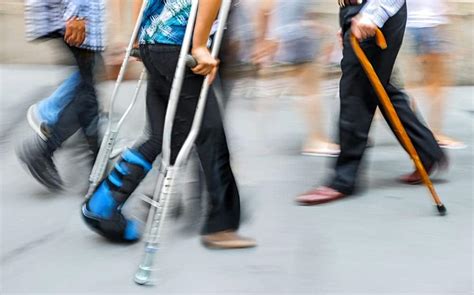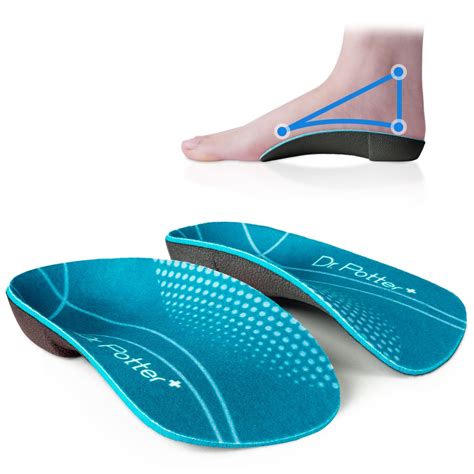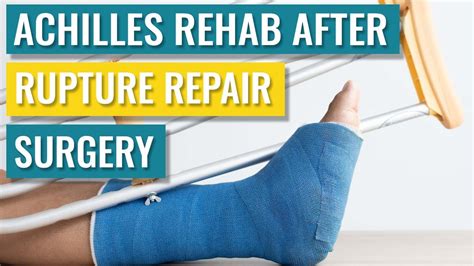Intro
Recover from Achilles tendon surgery with our expert guide. Learn 7 effective ways to accelerate healing, reduce pain and swelling, and regain strength and flexibility. Discover the best rehabilitation techniques, including physical therapy, orthotics, and nutrition, to ensure a successful recovery from Achilles tendon repair surgery.
The Achilles tendon is one of the most critical tendons in the human body, connecting the calf muscles to the heel bone. When this tendon is injured or ruptured, surgery is often necessary to repair the damage. However, the road to recovery can be long and challenging. In this article, we will explore seven ways to recover from Achilles tendon surgery, ensuring that you can get back on your feet and resume your normal activities as soon as possible.
Understanding Achilles Tendon Surgery
Achilles tendon surgery is a serious procedure that requires careful planning, precise execution, and proper post-operative care. The surgery involves repairing or reattaching the damaged tendon, which can take several months to fully recover from. The recovery process is crucial to ensure that the tendon heals properly and that you can regain your strength and mobility.

1. Follow Your Doctor's Instructions
The first and most crucial step in recovering from Achilles tendon surgery is to follow your doctor's instructions carefully. Your doctor will provide you with a detailed plan for your recovery, including medication, physical therapy, and rest. It is essential to adhere to this plan to ensure that your tendon heals properly and that you avoid any complications.
What to Expect from Your Doctor's Instructions
- Medication: Your doctor may prescribe pain medication, antibiotics, or anti-inflammatory medication to help manage your symptoms.
- Physical therapy: Your doctor may recommend physical therapy to help you regain your strength and mobility.
- Rest: Your doctor will advise you to rest your foot and ankle for several weeks to allow the tendon to heal.
2. Use Ice and Compression
Ice and compression are essential in reducing pain and swelling after Achilles tendon surgery. Applying ice to the affected area can help reduce inflammation, while compression can help reduce swelling.
How to Use Ice and Compression
- Apply ice to the affected area for 15-20 minutes, several times a day.
- Use a compression bandage or wrap to compress the affected area.
- Elevate your foot and ankle above the level of your heart to reduce swelling.

3. Elevate Your Foot and Ankle
Elevating your foot and ankle is crucial in reducing swelling and promoting healing. By elevating your foot and ankle, you can reduce the flow of blood to the affected area, which can help reduce swelling and promote healing.
How to Elevate Your Foot and Ankle
- Use a pillow or cushion to elevate your foot and ankle above the level of your heart.
- Keep your foot and ankle elevated for several hours a day.
- Avoid bending or stretching your foot and ankle.
4. Use Crutches or a Walking Boot
Using crutches or a walking boot can help you move around while keeping your foot and ankle elevated. This can help reduce swelling and promote healing.
How to Use Crutches or a Walking Boot
- Use crutches or a walking boot to move around the house.
- Avoid putting weight on your foot and ankle.
- Use a walking boot to protect your foot and ankle from further injury.

5. Perform Physical Therapy
Physical therapy is essential in recovering from Achilles tendon surgery. A physical therapist can help you regain your strength and mobility, and ensure that your tendon heals properly.
What to Expect from Physical Therapy
- A physical therapist will create a customized exercise program to help you regain your strength and mobility.
- You will learn how to perform exercises to strengthen your calf muscles and improve your range of motion.
- You will learn how to use orthotics or shoe inserts to support your foot and ankle.
6. Use Orthotics or Shoe Inserts
Orthotics or shoe inserts can help support your foot and ankle, reducing stress and strain on your Achilles tendon. By using orthotics or shoe inserts, you can promote healing and reduce the risk of further injury.
How to Use Orthotics or Shoe Inserts
- Use orthotics or shoe inserts to support your foot and ankle.
- Choose shoes that fit comfortably and provide adequate support.
- Avoid wearing high heels or shoes that can put stress on your Achilles tendon.

7. Be Patient and Persistent
Recovering from Achilles tendon surgery takes time and patience. It is essential to be persistent and committed to your recovery plan to ensure that your tendon heals properly.
Tips for Recovering from Achilles Tendon Surgery
- Be patient and persistent.
- Follow your doctor's instructions carefully.
- Use ice and compression to reduce pain and swelling.
- Elevate your foot and ankle to reduce swelling.
- Use crutches or a walking boot to move around.
- Perform physical therapy to regain your strength and mobility.
- Use orthotics or shoe inserts to support your foot and ankle.

Conclusion: Getting Back on Your Feet
Recovering from Achilles tendon surgery requires time, patience, and persistence. By following your doctor's instructions, using ice and compression, elevating your foot and ankle, using crutches or a walking boot, performing physical therapy, using orthotics or shoe inserts, and being patient and persistent, you can promote healing and reduce the risk of further injury. Remember to be gentle with yourself and take things one step at a time. With time and effort, you can get back on your feet and resume your normal activities.
FAQs
How long does it take to recover from Achilles tendon surgery?
+The recovery time for Achilles tendon surgery can vary depending on the severity of the injury and the individual's overall health. However, most people can expect to recover within 6-12 months.
What are the risks and complications of Achilles tendon surgery?
+The risks and complications of Achilles tendon surgery include infection, nerve damage, and tendon rupture. It is essential to follow your doctor's instructions carefully to minimize the risk of complications.
Can I drive after Achilles tendon surgery?
+It is not recommended to drive after Achilles tendon surgery until your doctor advises you to do so. Driving can put stress on your foot and ankle, which can slow down the healing process.
